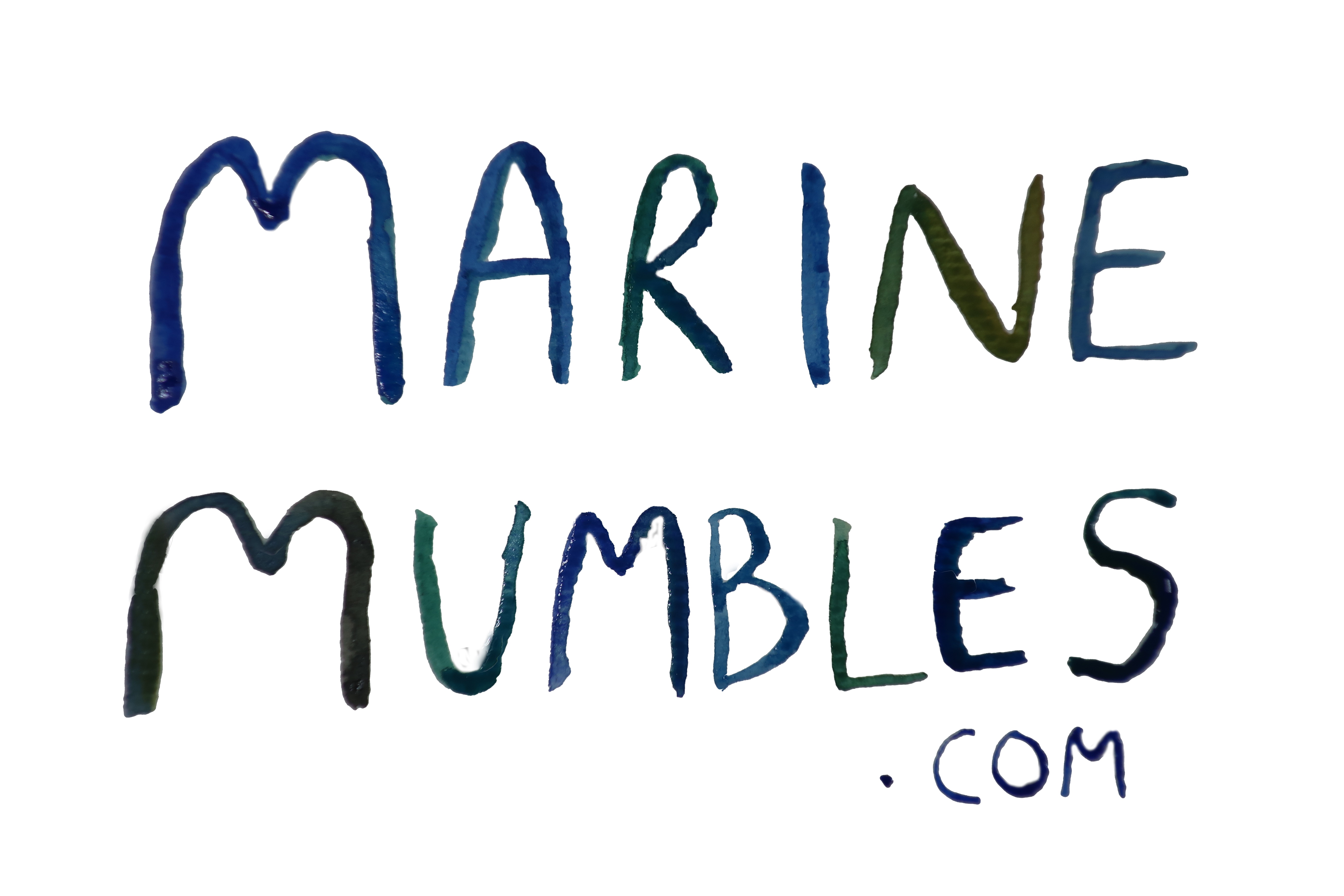Common Mussel – Mytilus edulis
When I was looking through the hundreds of photos I have taken of beaches over the years, I was really shocked to find I didn’t have very many mussel pictures. I have seen them on practically every beach I have ever been too, but never thought they were special enough to take a nice photo of! Most of the photos I managed to find were taken for other reasons and the mussels just happened to be there.
Well that’s going to change now, because this species is very important on British coasts! Their population numbers can effect bird and otter populations too phytoplankton concentrations in the water column. Also, they taste absolutely amazing with chips and as a result there are mussel farms throughout coasts in Europe. These mighty mussels, have a massive impact on both the economy and ecology, so hopefully by learning a bit more knowledge about this species we can begin to appreciate their importance!
Firstly, mussels are one of the most studied marine species, so its worth knowing a lot about them because there is a lot we know about them. This isn’t often the case with many marine species because it’s too difficult to study them, or scientists are still too busy trying to classify everything in the oceans to get round to details! (Thumbs up to the work of taxonomists, their job is not easy and there is still so much to ID even on British coasts!)
But the first most obvious thing you can tell about mussels if you’ve ever seen mussels down the beach is that they normally attach to anything hard, seriously anything. The below picture was taken at Mumbles Pier, Swansea, and shows mussels even attaching to an old bit of rope and fishing net that’s got stuck on the pier.
Mussels attach to these hard substrate by using byssal threads. If you see mussel beds they are like strings of cotton coming from the mussel, but are actually made of two different types of collagen. Humans also use/have collagen, it’s used for our hair, bones, nails etc. but in mussels two types of collagen are found in the threads. Stiffer collagen and stretchy collagen work together to allow mussels to hold on when getting bashed about by the tide (stiffer collagen), and allows the threads not to snap off whilst doing so (stretchy collagen).
The byssal threads of mussels allows them to form beds. Mussels beds can be particularly important for ecology of shores. They provide structure especially in sandy areas for attachment of other species such as barnacles.
These beds are also feeding grounds for important bird species such as oystercatchers and eider ducks. Mussels can also be eaten a range of other invertebrate predators such as crabs, dog whelks and common starfish. Because of the large range of predators, predation is the highest reason for mortality in mussels. However, at different zones down the shore, the species that prey upon the mussels can change. For example, sub tidal predation pressure usually occurs from species such as crabs and starfish. Whereas higher up or on intertidal flats where the mussels are exposed, bird species can heavily predate on mussels instead.
Despite mussels not looking like they do much to stop predation, they actually have some really cool anatomical features to try put up as mush of a fight as they can! Like most shellfish they have very strong adductor mussels to keep their wheels closed and resist predation. This obviously doesn’t work all the time or common starfish. wouldn’t get to eat their favourite food, but its enough to stop smaller weaker individuals from eating them! Crabs are able to crush the shell of mussels to eat them, but this can be stopped by the mussel being to big or having a thicker shell. Where mussels are highly predated by crabs they have actually been shown to have thicker shells, which I think is an amazing way of resisting predation but also a very easy way to demonstrate the effect of predation pressure.
Now a quick mention about aquaculture because of my own personal love of eating mussels! You know they taste good when you still eating something that ugly! Mussels have been harvested in England for hundreds of years, but in the last decades mussels farming and aquaculture is used to cope with the demand for these shell-fish. In the bottom right hand corner of my above illustration, I quickly drew some mussels growing on string. This is a popular method of going mussels but they can be grown on poles and other hard surfaces. They are then are harvested, shipped out, cooked and my favourite part, eaten! I highly recommend going at eating mussels and frites (french version of chips) in France, it is be one of my favourite meals (sorry enough about the food, it is making me hungry now!).
Hopefully from this post you can see why I have now decided to pay more attention to this species on the shore. There are tons of other things I could go on about such as the bad side to mussels as they are here massive biofoulers of ships and structures. But I have kept it short and sweet this time and biofouling will get its own post later.
In the mean time, if you have any questions, feel free to comment, email me (marine [email protected]) or follow me on twitter (press the button below).
Happy Rockpooling!







Another fascinating read . I am learning something new with each new entry. Also I love the mussels on a string art work . ( I agree they taste good too) 🙂
Really good artwork and this site always makes me smile!